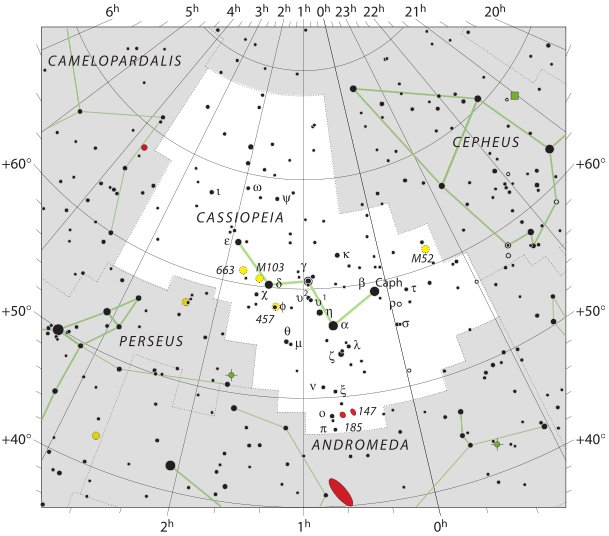|
TAHUA II
56 Supposing the long A text was designed in order to visualize the Old Spider's net for the summer year on one side and her net for the winter year on the other, what side would then represent 'summer' and which would represent 'winter'?
A quick answer should be that side b ought to describe the summer year and side a the year in straw - because Metoro began reading at Ab1-1. However, the great length of each side has to be explained. I have ideas. Easter Island was located outside the domain where the Sun would be able to stand and rule straight from above (culminate at noon) - just as the situation on Iceland where they had the idea of misseri, a pair of years for each cycle. ... I also learned that the kings embodied the ceiba at the moment it flowers to yield the sak-nik-nal, the 'white flowers', that are the souls of human beings. As the trees flowers to reproduce itself, so the kings flowered to reproduce the world ...
On Easter Island it was the Toromiro which seems to have corresponded to the Ceiba world tree of the Mayas. And the culmination of Thuban in June 7 (158) - when the Sun was at Rigel (*78) - could be translated into the southern hemisphere in form of December 7 (341 = 158 + 183) when the Full Moon ideally should be at *220 (→ day 300, "October 27) according to the era of Bharani (*41.4). ... In view of the almost universal prevalence of the Pleiades year throughout the Polynesian area it is surprising to find that in the South Island and certain parts of the North Island of New Zealand and in the neighboring Chatham Islands, the year began with the new Moon after the early morning rising, not of the Pleiades, but of the star Rigel in Orion ... In the C text a break in time-space (Ta.: otiá, boundary, limit) was evidently documented at Ca9-9, where Metoro said kotia instead of koia: Koti. Kotikoti. To cut with scissors (since this is an old word and scissors do not seem to have existed, it must mean something of the kind). Vanaga. Kotikoti. To tear; kokoti, to cut, to chop, to hew, to cleave, to assassinate, to amputate, to scar, to notch, to carve, to use a knife, to cut off, to lop, to gash, to mow, to saw; kokotiga kore, indivisible; kokotihaga, cutting, gash furrow. P Pau.: koti, to chop. Mgv.: kotikoti, to cut, to cut into bands or slices; kokoti, to cut, to saw; akakotikoti, a ray, a streak, a stripe, to make bars. Mq.: koti, oti, to cut, to divide. Ta.: oóti, to cut, to carve; otióti, to cut fine. Churchill. Pau.: Koti, to gush, to spout. Ta.: oti, to rebound, to fall back. Kotika, cape, headland. Ta.: otiá, boundary, limit. Churchill. And this occurred in day 8 * 29˝ + 1 counted from Ca1-1:
When the Pleiades ideally were about to be at the Full Moon. North of the equator, on Hawaii, they instead waited for the return of the heliacal Pleiades. And they said this should occur at the 2nd break of the coconut: ... The correspondence between the winter solstice and the kali'i rite of the Makahiki is arrived at as follows: ideally, the second ceremony of 'breaking the coconut', when the priests assemble at the temple to spot the rising of the Pleiades, coincides with the full moon (Hua tapu) of the twelfth lunar month (Welehu). In the latter eighteenth century, the Pleiades appear at sunset on 18 November. Ten days later (28 November), the Lono effigy sets off on its circuit, which lasts twenty-three days, thus bringing the god back for the climactic battle with the king on 21 December, the solstice (= Hawaiian 16 Makali'i). The correspondence is 'ideal' and only rarely achieved, since it depends on the coincidence of the full moon and the crepuscular rising of the Pleiades .... From my translation of the C text above we can see that their date 18 November corresponded to the date when Schedir (the Breast of Cassiopeia) would culminate (at 21h).
The facts above will enable us to extend the earlier overview to include also the Toromiro glyph:
Surprise, surprise! The Capital letter of Metoro at Ca10-6 indicates the first 260 glyphs (days) was completed when the Toromiro tree was due to flourish. And then we should have 740 - 260 = 480 days remaining of the text. And we could count for instance 740 = 4 * 183 + 8.
|
||||||||||||||||||||||||||||||||||||||||||||||||||||||||||||||||||||||||||||||||||||||||||||||||||||||||||||||||||||||||||||||||||||||||||||||||||||||||||||||||||||||||||||||||||||||||||||||||









